New SofTouch™ Product Features:
- Bottle is made with T-Ester, innovative material that is developed and produced in Japan, first ever used in nursing bottles. It has premium glass-like clarity and is UV sterilizer-friendly*
- Global No.1* Nursing Bottle Brand, trusted by mums around the world
- Improved softness that is closest to mum’s breast
- Newly added Latch-On Line guides mother and baby to appropriate latch position
- Anti-Colic, Advanced air vent system reduces intake of gas which causes colic
- Easier to hold bottle design
- BPA/BPS Free
- Born from over 60 years of extensive research on 3 key factors of baby’s natural sucking behaviour:
- Latching on
- Sucking (peristaltic tongue movement)
- Swallowing
How to clean the products:
Immediately after use, rinse in warm water and wash using a Pigeon Liquid Cleanser. Use a sponge brush to wash plastic bottles.
How to sterilize the product:
Sterilization Method : Boiling, Steaming, Chemical, UV Sterilization. Be sure to sterilize before every use.
Boiling/Steaming sterilization:
Thoroughly wash the nipple, bottle, cap and hood, and place in water. Bring the water to a boil. Sterilize for 5 minutes after the water comes to a boil.
Chemical sterilization and microwave sterilization are possible.
Use sterilizing products specifically for baby bottles and nipples. Follow the instructions in the user’s manual for these products. With chemical sterilization, the printing on the bottle may fade.
UV sterilization:
Follow the instructions in the user’s manual provided by the manufacturer of the UV sterilizer.
Also, when using UV sterilizer with drying function, it is necessary to place the bottle body at least 1 inch (2.54cm) away from the inner wall/ceiling where the air ventilation outlet is.
This may avoid any damage or deterioration of the bottle. It is recommended to replace the product when it starts to discolor and/or turn cloudy.
| Part | Material | Heat Resistance |
| Bottle | Poly-cyclohexylene dimethylene naphthalene (PCN or T-Ester) | 120°C |
| Nipple | Silicone Rubber | 140°C |
| Cap | Polypropylene (PP) | 120°C |
| Hood | Polypropylene (PP) | 120°C |
*for bottle only
#The white and brown dots are the characteristics of the T-ester material; thus they are unavoidable and are harmless to the babies. We would like to assure you that our T-ester Nursing Bottles have undergone strict compliance hygiene tests on food contact materials in accordance with the regulation laws of European Standard (EN14350) to conform to the highest quality standards and are safe for their intended use.
Lifespan of product
For the silicone nipple, rotate the use of 2 or more nipples for about 2 months before replacing them (boiling, steam and chemical). If you see any stubborn milk stains, scratches or discolouration on the Nipple, it is an indication to consider changing to new nursing bottles.
Recommend to change nursing bottles (applicable to all types of materials if using boiling, steam & chemical sterilization) every 6-12 months for hygiene purposes.
If using UV Sterilization as the main method of sterilization, may subject the material to premature aging, especially if it is subjected to repeated sterilization. Therefore, we recommend you replace the product when it starts to discolour and/or turns cloudy.
*Global Baby Bottles Market 2021, Global Info Research.
*Refers to thermal shock resistance
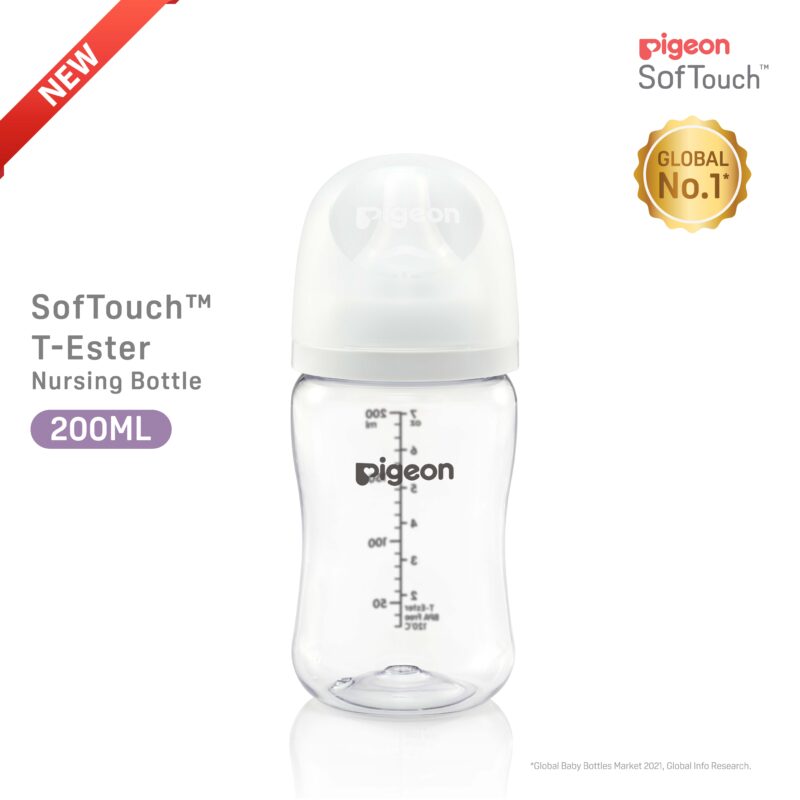

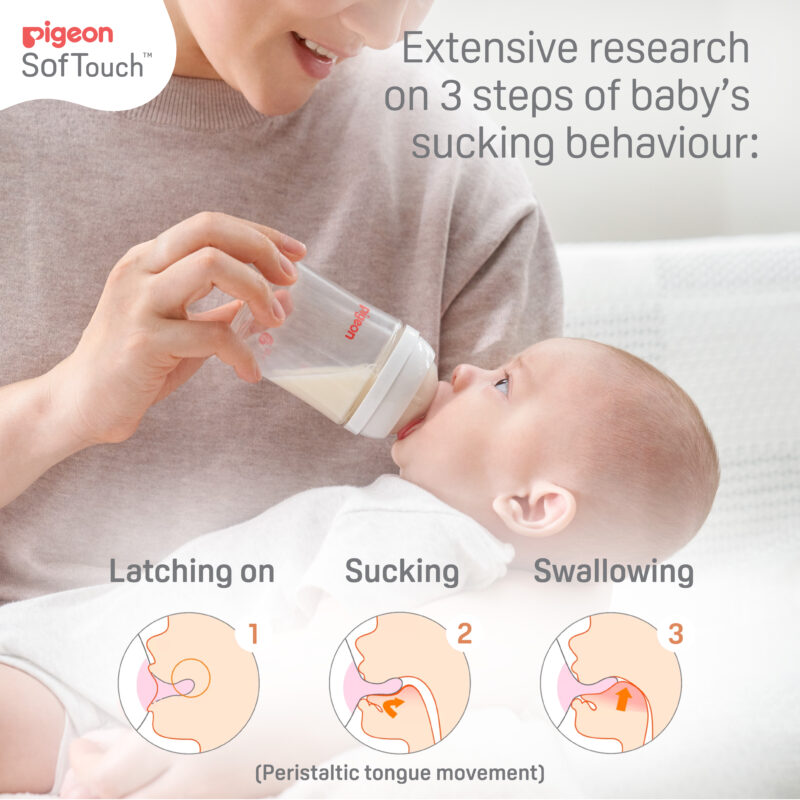
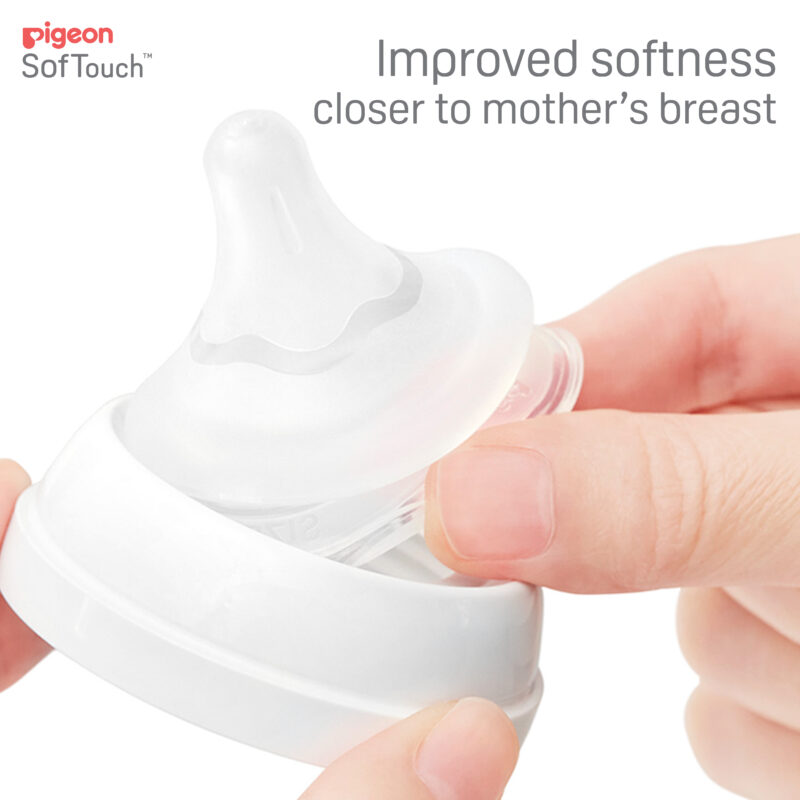
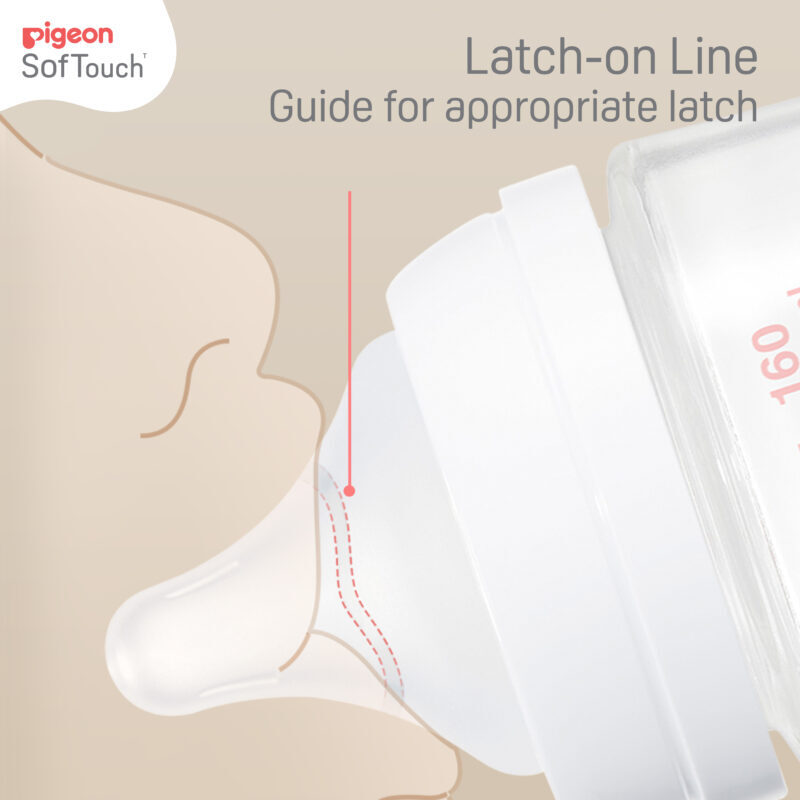

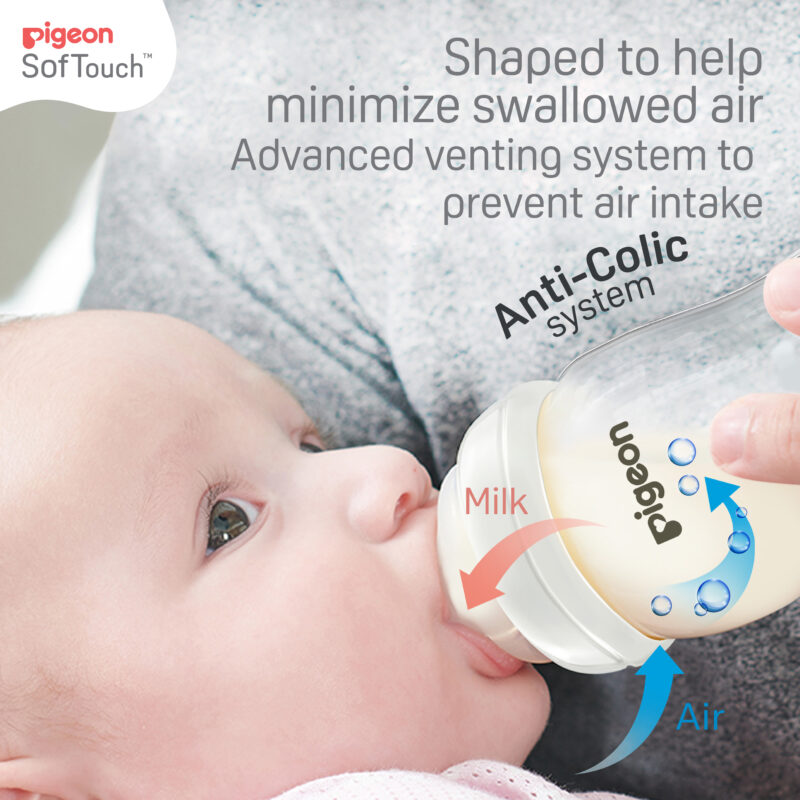
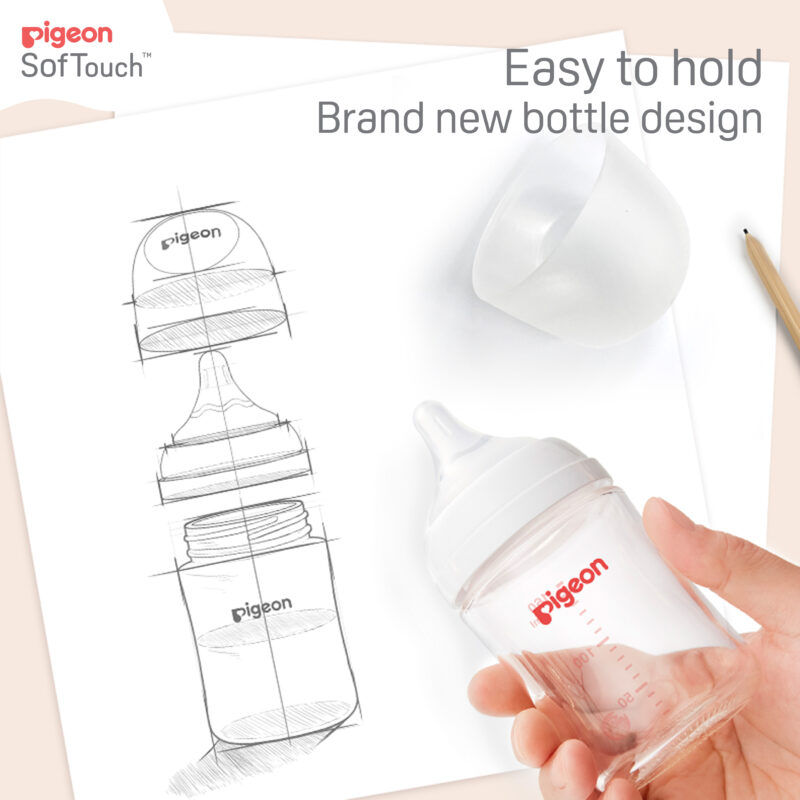
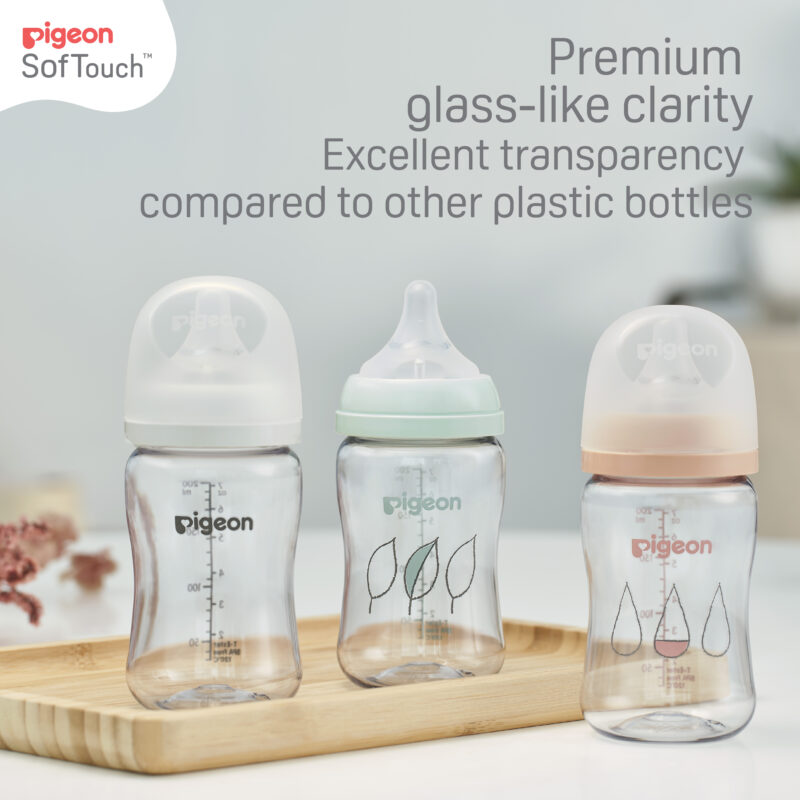
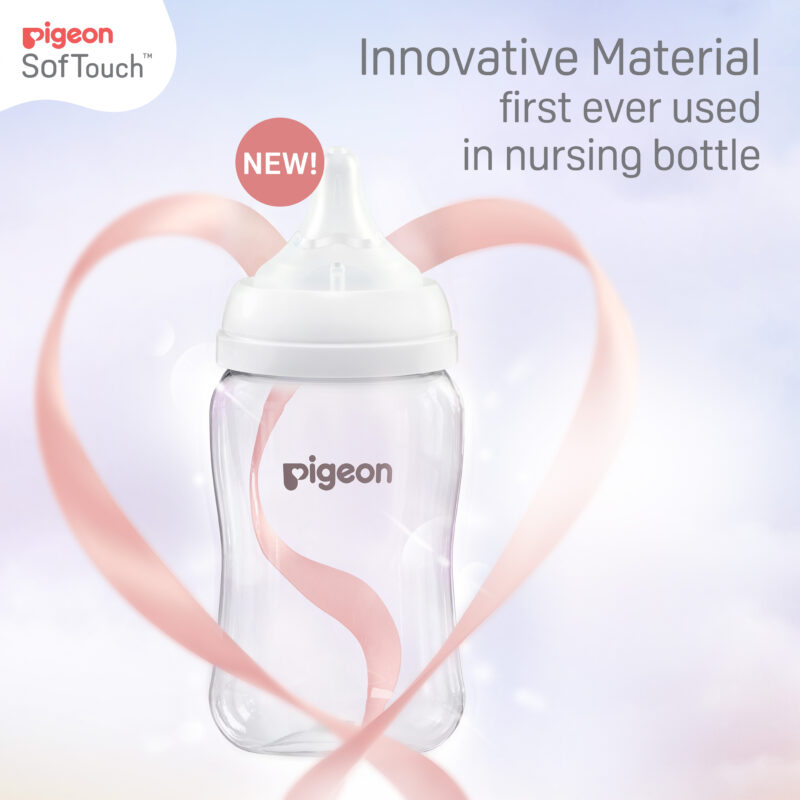




Reviews
There are no reviews yet.